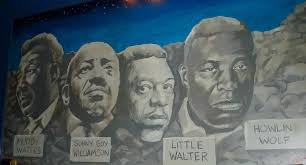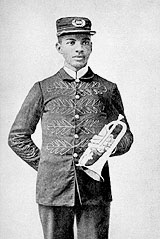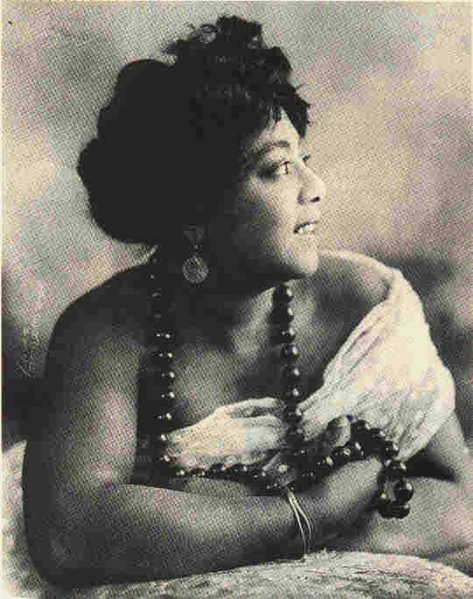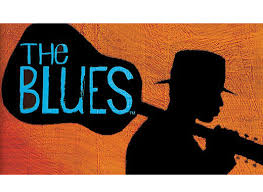
In Part One of this series, we took a look a the origins and early history of the blues. This time around, I want to deepen our understanding of the different styles of this music. There are many more branches on the blues tree than I would have guessed.
Although its roots were widespread around the deep South, there were a few places where it evolved into a style unique to those areas. In fact, it evolved for many decades and many sub-genres were created. I mentioned one (Memphis Blues) in the previous post. Let’s expand on that one first, then move on to the others.
Memphis Blues
This one is important mainly because the first recordings of blues songs were done there. The actual style that came out of Memphis in the 1920s was part blues, part vaudeville and part jug music. It was largely about broader entertainment, not just pure blues. One key innovation, however, was the use of the rhythm and lead guitars to have each playing their own specific parts.
In the early 1950s, the Memphis style took a turn, featuring heavier electric guitar and drums. Led by such blues players as B.B. King and Howlin’ Wolf, the genre was transformed into a more modern version that still holds up to this day.
Delta Blues
If you were to make an attempt at pinning down a birthplace of the blues as a music form, the Mississippi Delta would be the most likely choice. It’s said that it spread from there to Louisiana and Texas, then north to Memphis and other cities we’ll come to later.
Delta blues has been described as “rough, intensely emotional” in an article from Saturday Review in 1968. It’s mainly about Son House, who’s been called Father of the Delta Blues. If nothing else, he was a contemporary of early blues legends such as Charley Patton, also considered by some to be the Father of the Delta Blues.
So, what does this style sound like. It’s raw, often played with one guitar and sung with one gravelly voice. The Saturday Review piece describes House as “an artist of almost incredible forcefulness and stature. His is a ferocious, almost violent, instrumental attack on one of the fingers of his fretting hand, along the strings of his steel-bodied National guitar.” Patton was a bit more melodic, from what I can tell, with a somewhat softer sound, making it clear there was room for some variation. Nonetheless, the early blues structure is there and the subject matter reveals this unvarnished look at life.
Country Blues
Some of Patton’s songs fit into this category, which has roots in folk, gospel, ragtime and hillbilly music. It’s known by other nicknames such as downhome blues, rural blues, folk blues and backwoods blues. Texan Blind Lemon Jefferson was one famous Country blues pioneer.
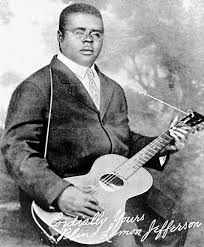
This style was one of the earliest forms of the blues. It featured a solo vocal most of the time, often with guitar fingerpicking and harmonica. The music has a light-hearted, feel-good sound. An example of an adaptation that many would know of is Canned Heat’s Going Up the Country. Even the flute heard on their recording mimics the panpipes in the original, which was called Bull Doze Blues.
Pick Your City Blues
Just kidding. The point is that there are a slew of cities that have a blues style named after them. Those I know of are Chicago, St. Louis, Kansas City, New Orleans and Detroit. Oh–and Memphis, of course. This happened due to a migration of blues players who took their stylings to these cities and became famous for their particular take which caught on and was imitated by others in the area.
This general sub-genre became known as urban blues. It was adapted for city folk to make it more sophisticated, adding more instrumentation and eventually amplification. Lyrics addressed more urban themes. Smoother presentation was another characteristic. A few examples of urban blues songs are Walking to New Orleans, Match Box Blues and Stormy Monday.
British Blues
The blues have spread all over the world, but they took a particular foothold in Great Britain. So many bands counted the blues among their early influences. I’m going to hold back names of these groups until Part Three, though many could guess who some of them are.
The young British bands of the 1960s took the American blues and pumped new life into them with powerful guitar arrangements and voices that perhaps only youth can bring. Same songs, entirely new takes that quickly caught on with the kids starved for something other than crooners and balladeers.
More to Come
Next, we’ll take a closer look at select blues musicians and what they brought to the table over the last hundred years.
